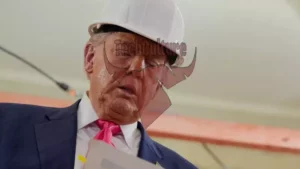In this exclusive interview, we explore the genesis of Sinister Corporation Games, the intricacies of developing CoXistence, and the challenges faced by indie developers in today’s dynamic market. Founder Ger Casey offers insights into the company’s player-centric philosophy and their commitment to fostering a strong community around their games. Join us as we delve into the strategy and passion driving this emerging player in the indie game scene.
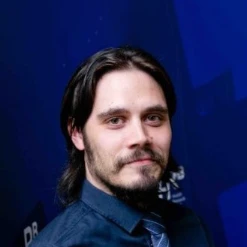
Ger, it’s fantastic to have you here today, and we can’t wait to learn more about Sinister Corporation Games! Can you tell us more about the company and the exciting game you’re developing?
My pleasure, I’m very glad you reached out! Sinister Corporation Games is my startup company looking to release our first title, “CoXistence,” into early access soon. We’re currently still in the development stage, but things are taking off quite quickly. Right now, we’re focusing on the prototype being a great early access starting point for the players. However, once we release into early access, we want to be the sort of company that takes players with us, as we develop the game and incorporate the ideas of the community who want to build something with us. It sounds corny, but it’s true.
That’s an inspiring vision! What motivated you to embark on this entrepreneurial journey and start your own game company?
Honestly, I’d been toying with various engines, and some of the things I was able to create and stitch together made me want to go further. Don’t get me wrong, I quit projects all the time but eventually always went back to them, like some sort of an addiction. Until I decided to storyboard a couple of games and bounce the ideas off of my friends. Let’s just say some of the ideas weren’t winners, but the overall feedback made me feel like this was very doable.
Starting a company is never easy. What were some of the biggest challenges you faced when starting out?
Funding, time, coordination, time zones – you name it, and it was probably a barrier at some point. Looking back on it, I would almost feel like it’s even more pressurized now, though, but for very different reasons. Social media is the rock that some games have thrived and died on. Bad reviews, poor presence, or slow uptake can kill a game before it’s published.
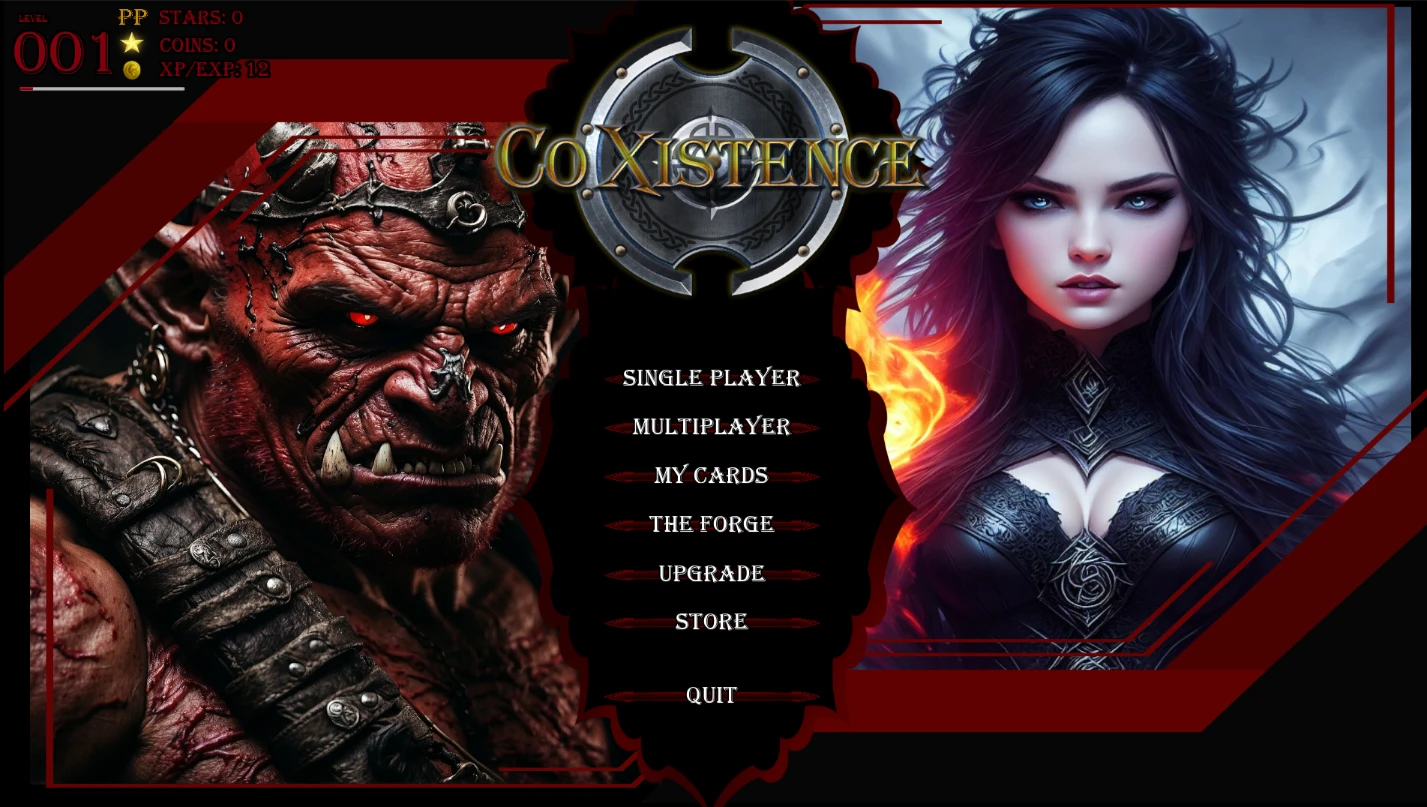
Considering the diverse gaming audience, do you feel there are fundamental differences between generations when it comes to CoXistence?
Oh, yes, definitely, especially with CoXistence. The demographic for CoXistence is fairly set, and I would say if you were born in the ’80s or were a ’90s kid, the online card game aspect would definitely be nostalgic. That’s why we had to add the turn-based strategy mechanics to the single player, to try to get gamers outside of that demographic interested.
In a competitive industry like gaming, how do you differentiate yourself from competitors?
We don’t really differentiate in a sense. There are practices that we wouldn’t or won’t employ that competitors might, such as pay-to-win or that kind of loot crate microtransaction business. We want to have a relationship with our players, bring them in on ideas we’re having or ideas they might be having. I think an involved community is key to keeping a game fit and healthy.
It’s great to hear about your focus on community engagement! Do you have plans to expand to other countries or markets?
Yes, both countries and markets, actually. Currently, we have test servers in Europe, the U.S., and Canada. So it was always an idea to cast wide nets and see how things transpire. If it didn’t work, we would adapt to what did. Market-wise, as an accompaniment to CoXistence, we had a lot of lore based in these fictitious lands. So we hired some very talented voice actors to flesh out some characters and stories, and now we have a host of flipbooks and audiobooks all based around the world the game is set in.
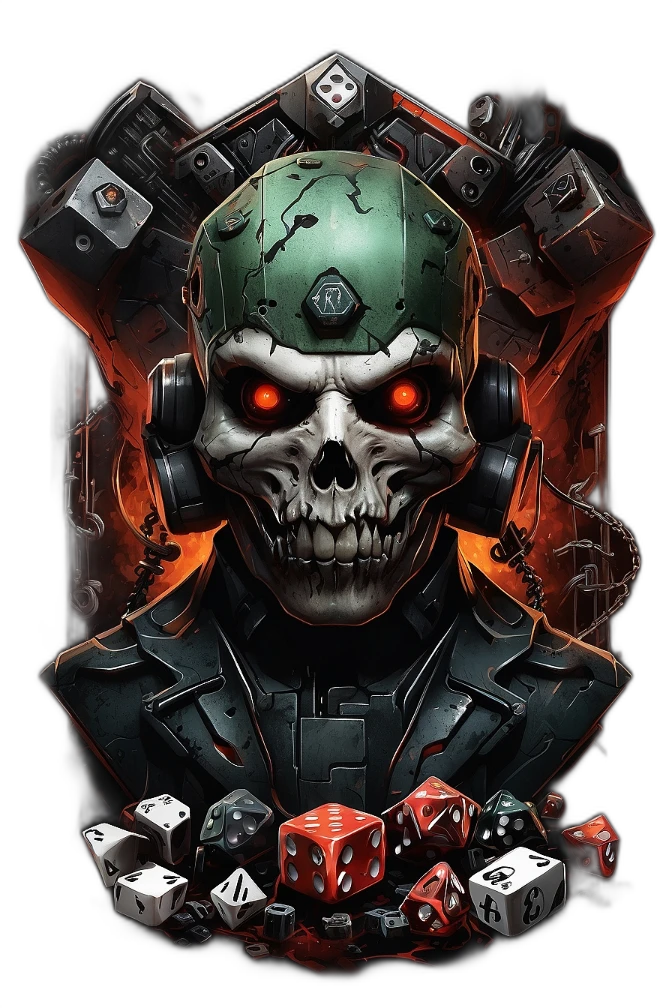
Wow, that’s an exciting way to expand the game’s universe! Looking back, what would you say was the most memorable experience in the entire process?
Other than this interview… The first moment of playing the multiplayer online prototype and just watching it actually work for the first time. No errors, the ideas and hard work on the mechanics actually paid off. Don’t get me wrong, at this point, the prototype looked absolutely terrible, but it worked, and it was genuinely exciting.
Developing a game is undoubtedly a challenging process. What strategies do you use to overcome stress and the inevitable roadblocks for moving forward?
Sometimes I have to step away and focus on a different part of the project, for example, adding to the lore or working with the voice actors. There’s always something else to get you out of a rut. I think it’s important to shift focus or your way of thinking about a project or an aspect of it, in order to preserve the idea. I feel if something isn’t working, or not how you picture it in your head, you’ll either try to change too much to compromise or force it.
Considering your target audience, which market do you think would be ideal for CoXistence?
Steam users of a certain age bracket. Our social media would suggest a largely male audience too, but everyone is welcome to join in.
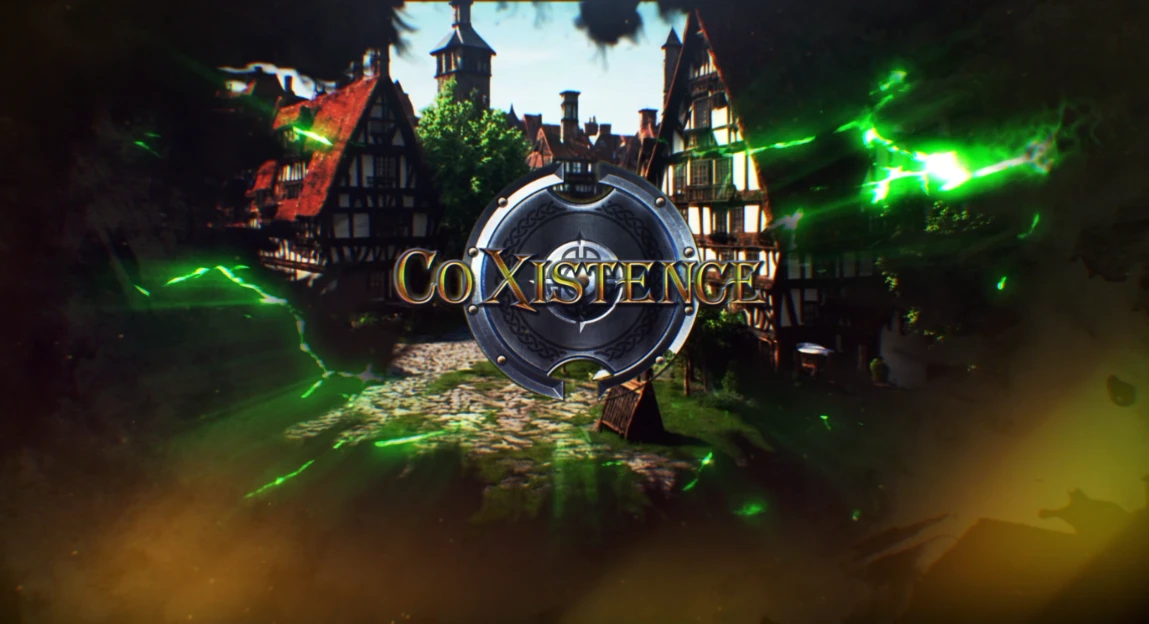
It’s important to gauge the response from your audience. What has the overall feedback been from customers and vendors regarding your products and services so far?
So far, everyone seems very happy with the development updates we give on social media and on the website blog. However, a big however, at the beginning of our social media journey, we were plagued by people suggesting the game was a scam. Apparently, it’s a thing, and of course, me not knowing this at the time took it very personally. It was only after I read through some indie development articles on Reddit that I realized it wasn’t just us being targeted. That made me feel slightly better.
Starting a company and developing a game comes with its own set of fears. What were your greatest fears when starting up or moving forward?
Failure is always the main one. Nobody wants to be the owner of a dumpster fire. But apart from that, probably the risk involved in putting so much time, effort, and sacrifice into something you have no real control over once it’s fully released. It terrifies me, but I love it too.
Looking back, what advice would you give to your past self or to a new entrepreneur?
“You should have done it sooner, Ger.” I’m forty now, and don’t get me wrong, I’m blessed to be in the position that I’m in, but I can’t help but feel with a bit more focus and drive, this could have been here a lot sooner. My advice to others would be the same. If you believe in the idea, get a second opinion. You’re too close to it. If by the tenth opinion, it’s still a good idea, knuckle down, get a plan together, and go for it.
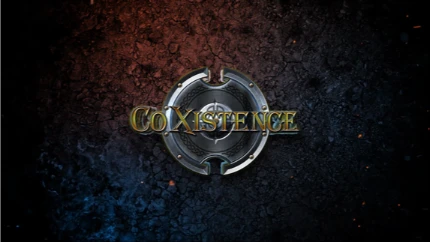
Ger, it’s been an absolute pleasure learning about your journey and the exciting things happening at Sinister Corporation Games. Before we wrap up, can you tell our readers where they can find more information about your company and CoXistence?
Absolutely! Readers can visit our website at sinistercorpgames.com to stay updated on all the latest news and development progress. We also encourage everyone to follow us on our social media channels:
Facebook: Sinister Corporation Games
X.com: @SinCorpGamesWe regularly post updates, sneak peeks, and engage with our community on these platforms. It’s a great way to stay connected with us and be part of the CoXistence journey from early access and beyond.
